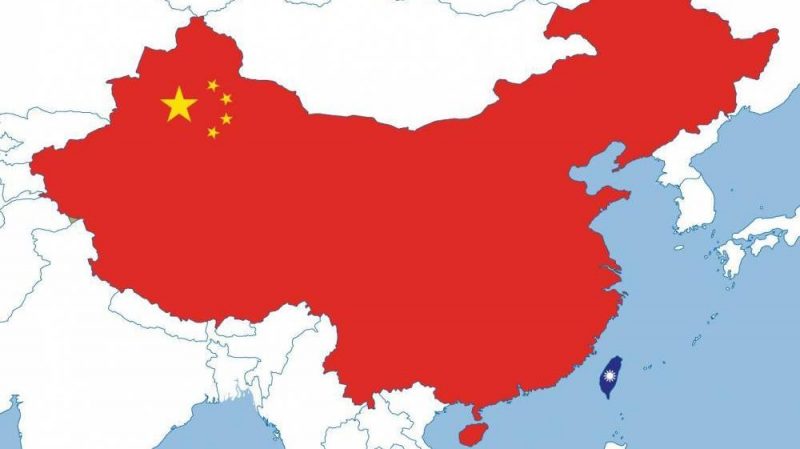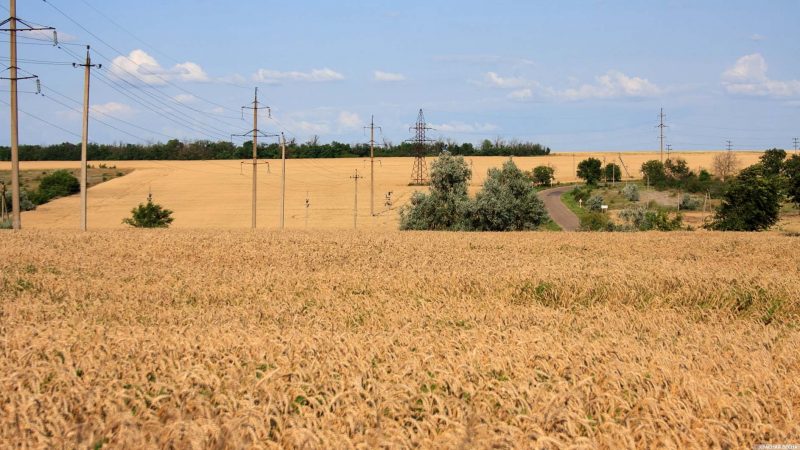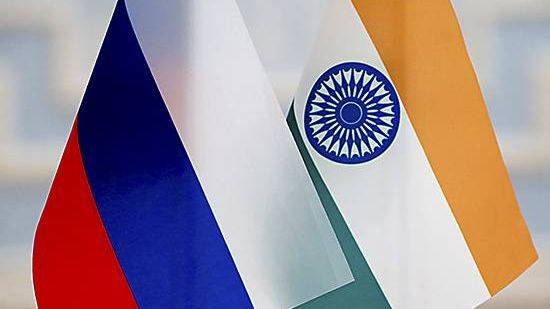07.09.2017, India.
During his visit, Indian Prime Minister Narendra Modi plans to discuss economic projects and the issue of spiraling violence in the state of Rakhine, Myanmar, an Indian Foreign Ministry spokeswoman said on September 5, Reuters reports.
According to the spokeswoman, the best way to lower the tensions in Rakhine is to develop the region, including the Kaladan transport project. “We are very confident that once that complete corridor is functional, there will be a positive impact on the situation in the state,” the spokeswoman told journalists.
Narendra Modi’s tree-day visit started on September 5. The Prime Minister arrived to Myanmar from China, where the BRICS summit closed. In the capital of Myanmar, he is meeting the President of the country. His first bilateral visit to Myanmar is happening in the context of the recent military operation against militants in the state of Rakhine. The operation left at least 400 people dead; about 90 thousand people fled to Bangladesh.
According to experts, the bloodshed in the region can negatively affect the development of the transport corridor which begins in Rakhine and includes roads to north-eastern India. India can also offer Myanmar help in building its navy and coast guard. According to experts, Myanmar wants to be confident that India is a reliable economic partner, and that it is a center of power alternative to Beijing.
India perceives Myanmar as its gate to South-East Asia. The overall length of the border between the two countries is one thousand kilometers. Their bilateral trade volume is approximately 2.2 billion dollars.
Editorial comment
The transport corridor is of great importance; however, it is not the only issue. For India, the disorders in Myanmar are a major concern. The unrest in Myanmar involving the Muslim population followed by their suppression demonstrate the pattern of future inter-religious conflicts in the countries of the adjacent region, i.e. in the whole Indian sub-continent. The extent of the Myanmar events is large enough to be perceived as the launch of a local, regional “South-East Asian spring” (or whatever politicians and political analysts shall call it). At least, it is enough to seriously scare the regional regimes with such a prospect.
For India, this is a serious threat, because according to a census of 2001, its Muslim population is at least 168 million. Since then, this figure is believed to be rising. However, the risk of social upheavals because of inter-religious conflicts is not the only issue. India has a history of losing significant territories, which gave rise to an unfriendly Muslim neighbor, Pakistan. Delhi is well aware that smart orchestration of a conflict makes inter-religious disorders a stone’s throw away from the breakup of the state.
Finally, it would be strange to believe that the prospect outlined above would not affect China with its multi-million Uighur population. Chinese Uighurs, who have long been among the most restless Muslim populations in the South-East Asia, can become the driver of social and political destabilization in Asia. Therefore, more visits to Myanmar are quite likely to follow the Indian one.
Thus, the Indian Prime Minister’s visit to the regional “hot spot” is not only aimed at solving economic and political issues, but it is also supposed to demonstrate the courage of one of the major politicians in the region who looks in the face of the threat.
Anyhow, the Myanmar conflict can certainly be interpreted as a “pilot project” of destabilizing any state with co-existing Muslim and Buddhist populations, or another combination. In fact, this conflict can have much wider consequences, and not all of the possibilities have yet become clear.
Source: Rossa Primavera News Agency




